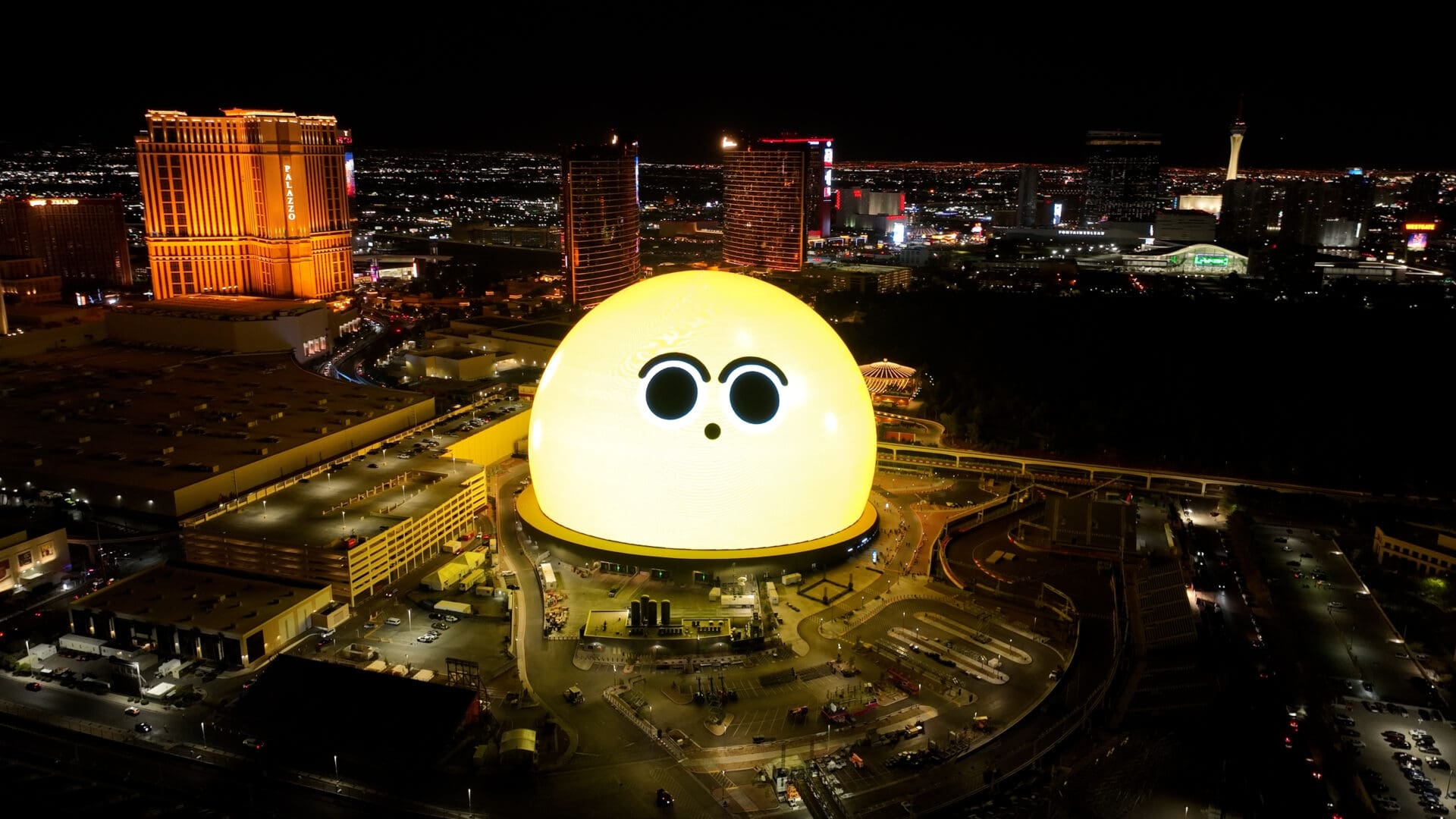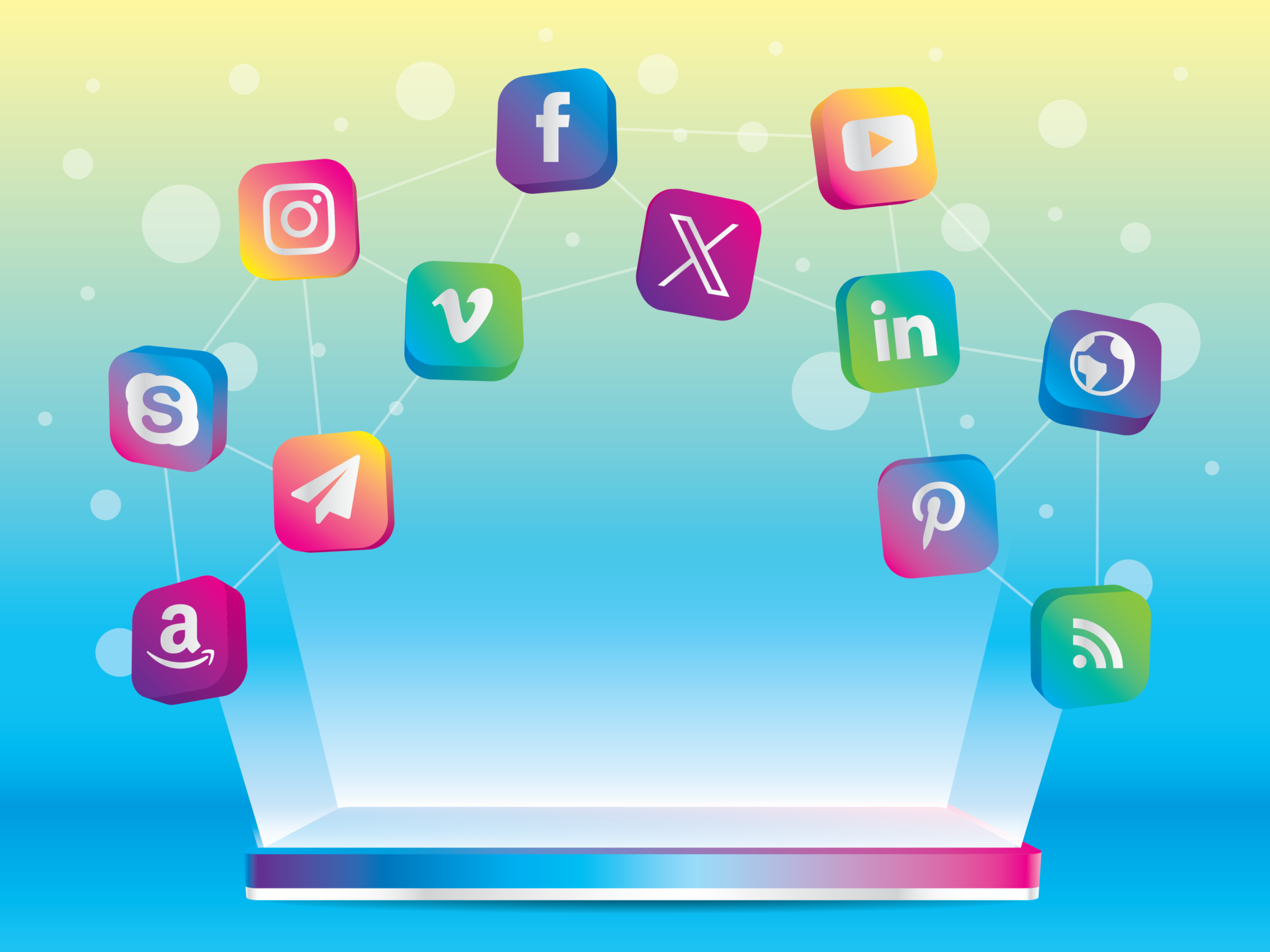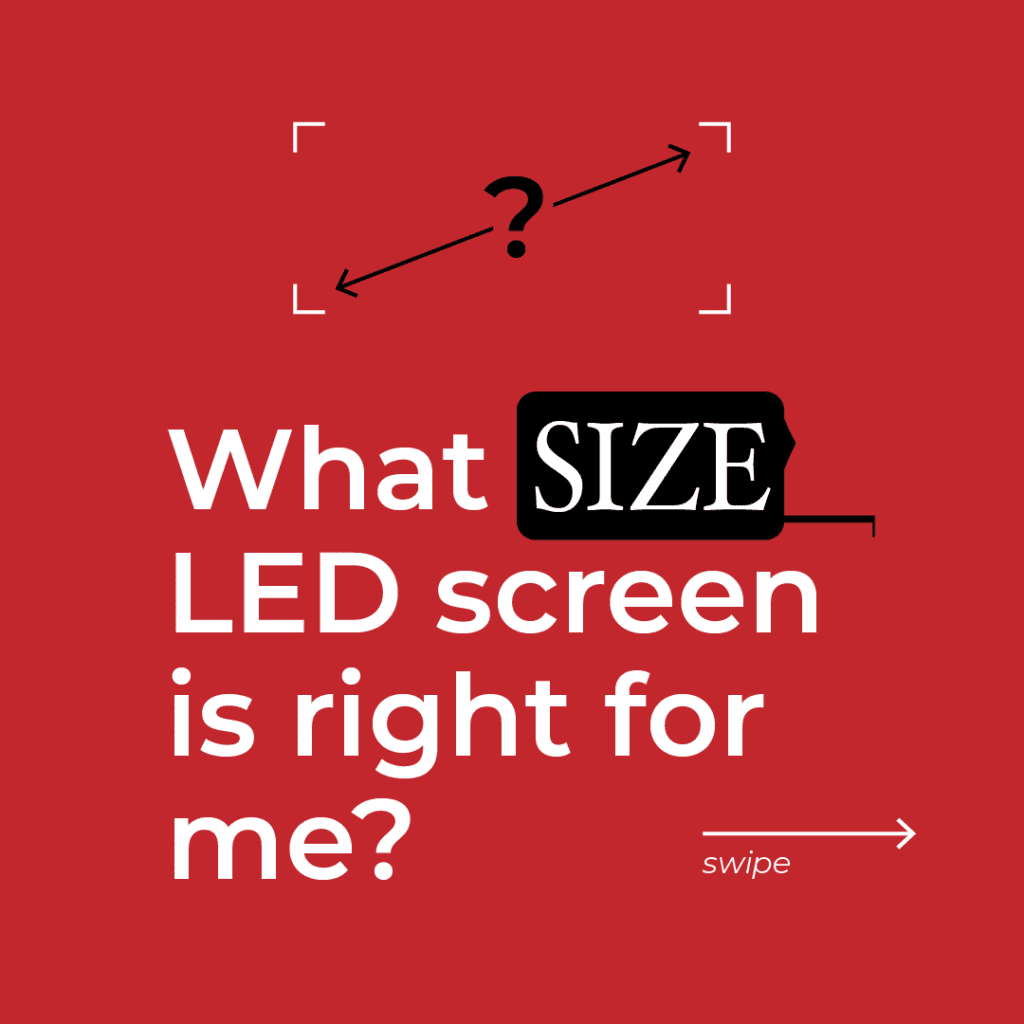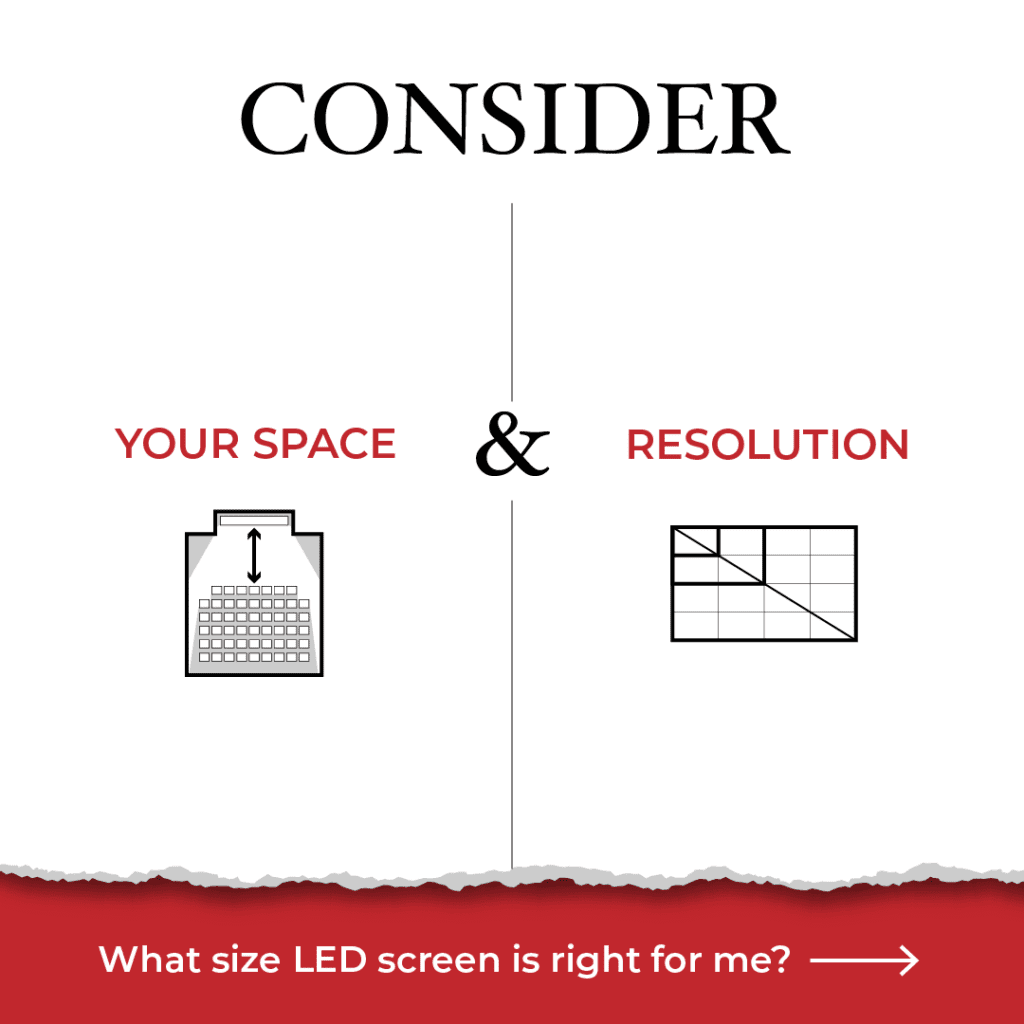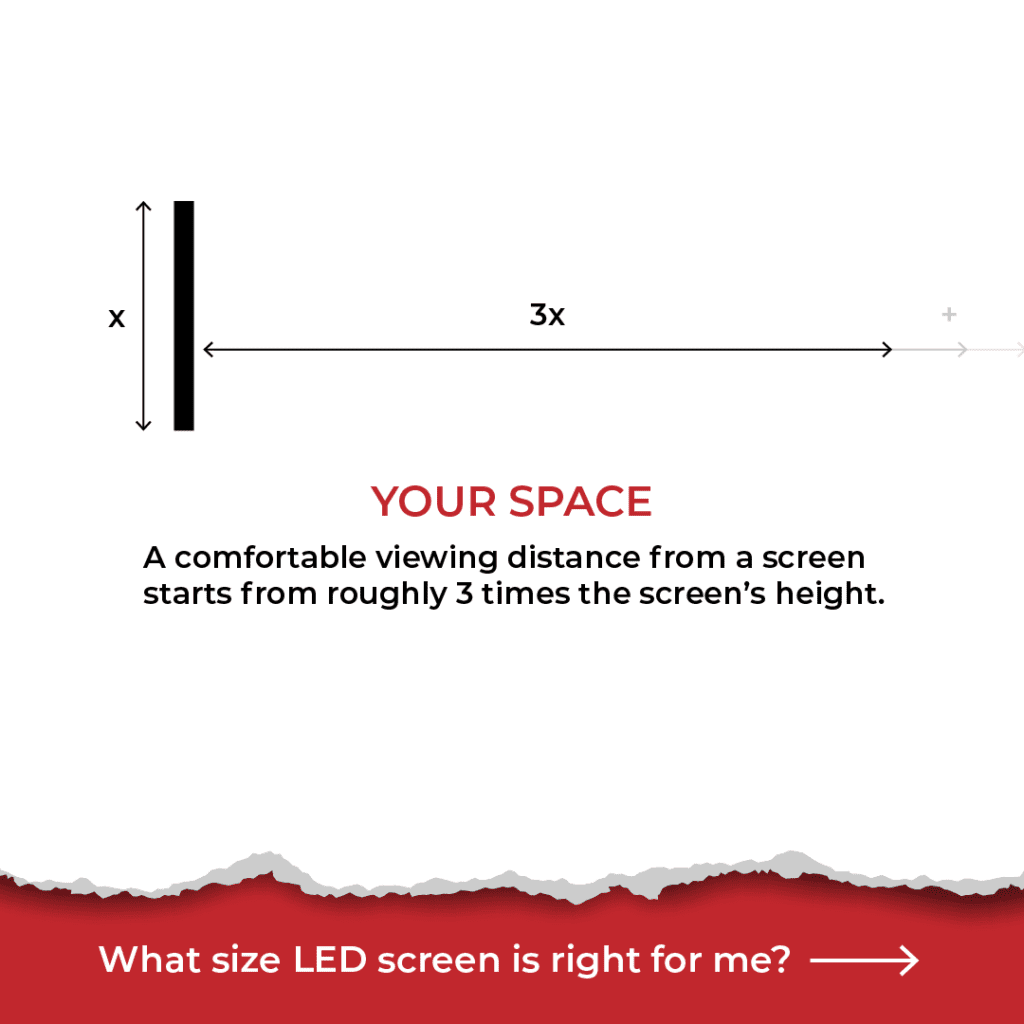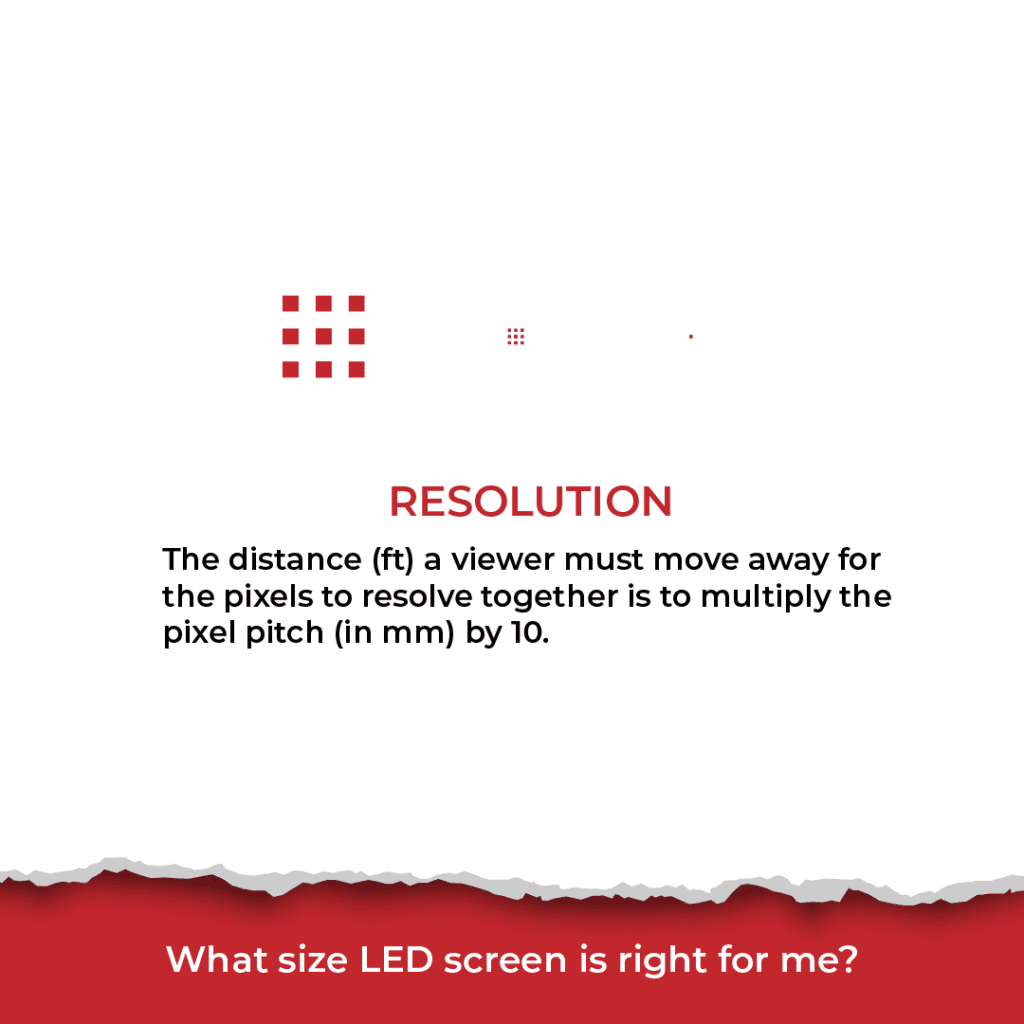Over the past decade LED screen technology has undergone a remarkable transformation… Evolving from bulky and limited displays to sleek, high-resolution panels that are ever present in our daily lives. From checking emails on my iPhone to traveling through the cosmos at the Sphere in Las Vegas, I’ve seen LED screens push the boundaries of creativity and human experience.
I’d like to share five unexpected ways LED screens make waves across various industries.
If you aren’t familiar with LED Screen Displays jump over to this blog we wrote that will give you the run down. Once you do that, come right back here!
1.) Interactive Art Installations
Interactive LED art exhibits engage viewers by integrating sensors or other input devices that allow for real-time interaction. These exhibits often feature LED screens programmed to respond dynamically to various stimuli, such as sound, motion, touch, or environmental data. Here’s what international art collective teamLab had to say about their 2015 installation: Flowers and People.
“The flowers bud, grow, and blossom before their petals begin to wither, and eventually fade away. The cycle of growth and decay repeats itself in perpetuity. The flowers are interactive, depending on the proximity of the viewer to the work, or if the viewer touches the flowers, the flowers simultaneously come to life, or shed their petals wither and die all at once.
The artwork is not a pre-recorded image that is played back… It is created by a computer program that continuously renders the work in real time. The interaction between people and the installation causes continuous change in the artwork. Previous visual states can never be replicated and will never reoccur. The picture at this moment can never be seen again.”
Exhibits like these always amaze me. I look to the future with excitement. Considering this technology, and the potential for human expression through it, is in its infancy. What wonders could these artistic mediums bring us when bolstered by advancements in artificial intelligence and materials science over the coming decade? Perhaps soon we can spread a bucket of nano-LED paint on the walls of our home and tell Alexa to turn them into brick!
2.) Film Production
LED walls have revolutionized the landscape of film and commercial production, offering an immersive and dynamic alternative to practical sets. These high-resolution displays serve as versatile backdrops, allowing filmmakers to transport actors to virtually any location with stunning realism, all within the controlled environment of a studio. While this may seem like an expensive jump from a traditional green screen… I can see the usefulness in this technology. We’ve all spotted video that was obviously filmed in front of a green screen, giving it an uncanny or low-budget look.
Modern green screens and post-processing technology can do a lot to cover up these sorts of blemishes, however filming an LED screen in real time lends certain advantages. For example, a film director can see how the shot will turn out as it’s being filmed, rather than imagining what it will look like once the shot is edited in post. Adjusting the lighting and framing of the subject relative to the operating LED screen takes some of the guesswork out of the filming process.
While renting an LED screen certainly can be a huge upfront expense, it also serves to minimize location expenses and maximize efficiency on set. This makes them indispensable tools for bringing imaginative visions to life on screen.
3.) Healthcare and Interior Design
Recently, I visited the Cleveland Clinic in Ohio to see a close friend who was on an extended stay in the hospital. Typically, I avoid healthcare facilities because they understandably make me uneasy. After nervously checking in at the guest desk, I practically jogged to the pediatric wing to minimize my exposure to the constant reminder of mortality that a hospital of that size provides.
As I reached halfway through the lobby, I unexpectedly found myself standing in front of a massive holographic tree projected onto the wall. I was completely disarmed and entranced by it. This experience led me to contemplate the impact our immediate environment has on us and how what we see and experience directly affects our well-being.
Hospitals like the Cleveland Clinic utilize LED screens to offer opportunities for patients, visitors, and staff to engage with immersive and therapeutic experiences, fostering relaxation, distraction, and emotional well-being. By incorporating LED technology into architectural design and interactive art, hospitals can cultivate healing environments that promote comfort, positivity, and a sense of connection for everyone who walks through their doors.
4.) Personalized Advertisement
While many of the topics covered in this blog are intriguing, helpful, or even beneficial to your well-being… I must admit that this one is a bit unsettling. Remember that moment at the grocery store when you accidentally scanned an item incorrectly at the self-checkout, only to be greeted with an error message and an instant playback video of you in the act? Yes, the robots are indeed watching, and they possess a wealth of information about you.
Companies are employing techniques like facial recognition, geographical data analysis, gender and age demographics, and behavioral tracking to deliver highly tailored advertisements on billboards. The ethical implications of this practice remain murky, but the advantages are clear. No longer do advertisers have to rely on subtle product placements in magazines, films, or TV shows, crossing their fingers in the hopes that their target audience notices. Even personalized online ads seem rudimentary compared to an ever-evolving fountain of impeccably timed advertisements, strategically placed in a bustling city center. Companies not only know who you are and what you desire but perhaps even anticipate it before you do! And the means to reach you have never been more accessible.
I’m optimistic about the future but this one will take some getting used to. Check out this clip of Tom Cruise in Minority Report (2013) consuming some dystopian-future ad content that feels all too real.
5.) Virtual Reality
Surely this list wouldn’t be complete without mentioning Virtual Reality! Large LED screens play a crucial role in augmenting the VR revolution. They offer shared experiences, enhancing immersion for users wearing VR headsets, can increase accessibility to VR content and serve as a platform for immersive marketing and advertising campaigns. By displaying VR environments to both VR users and spectators, large LED screens create opportunities for communal engagement and wider audience reach. Perhaps one day all the windows in your house and car will be replaced by LED screens!

